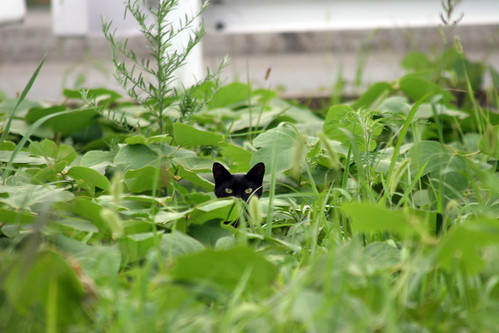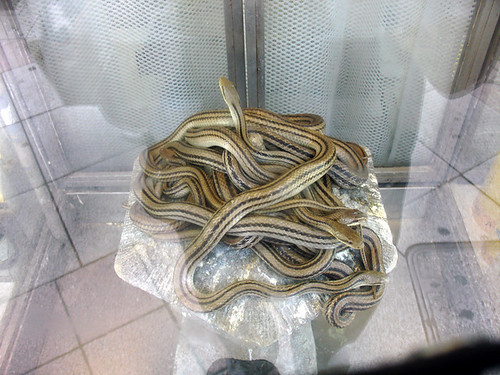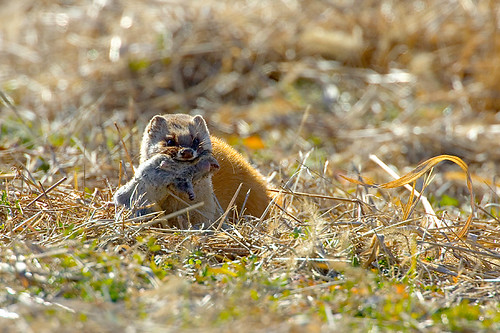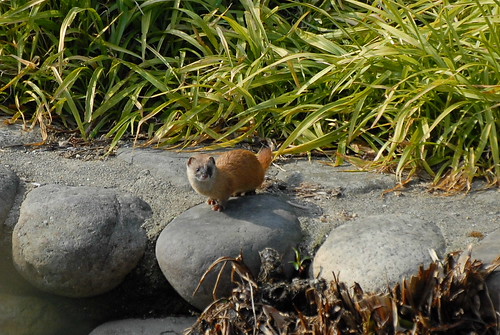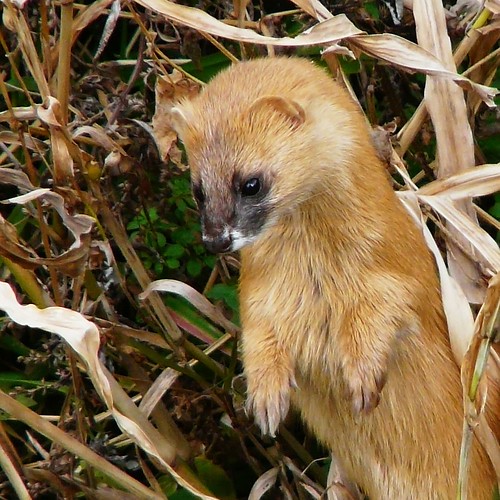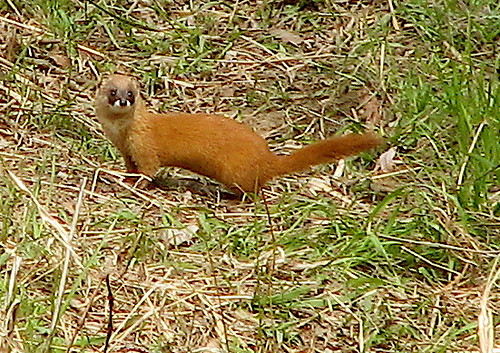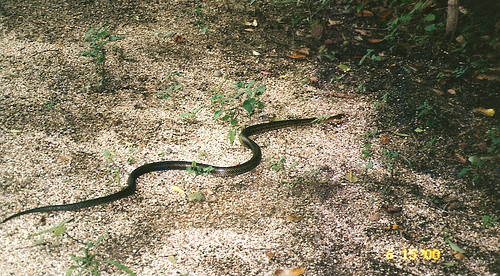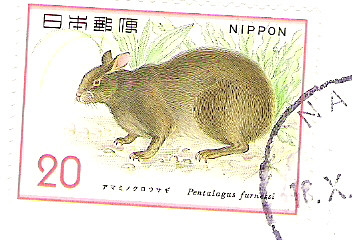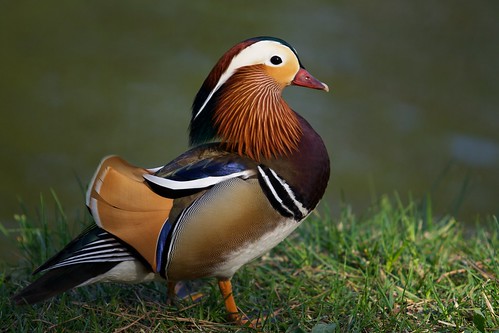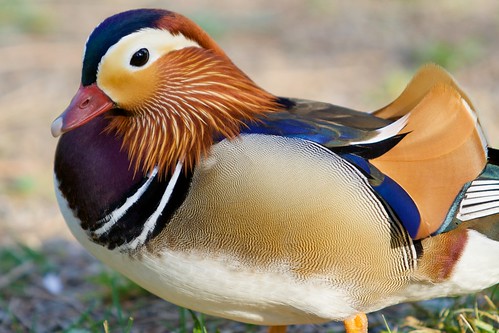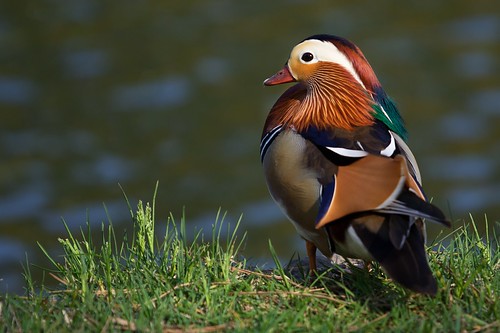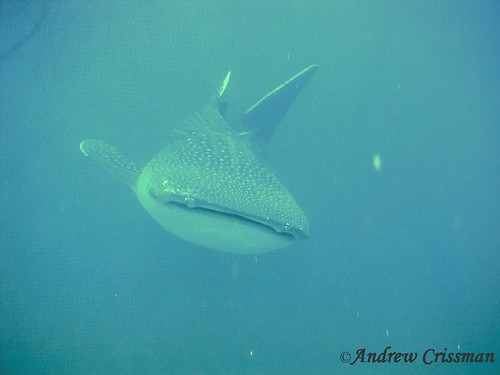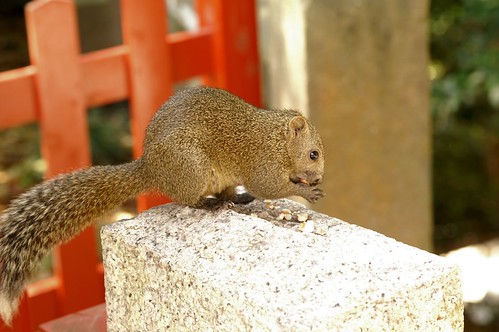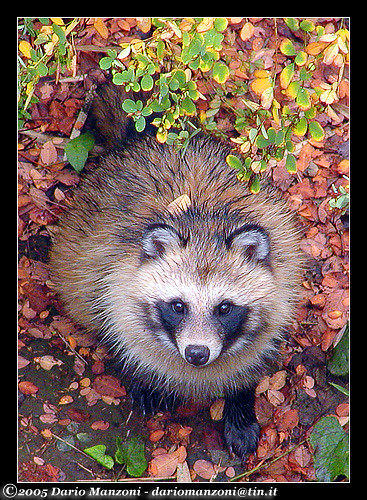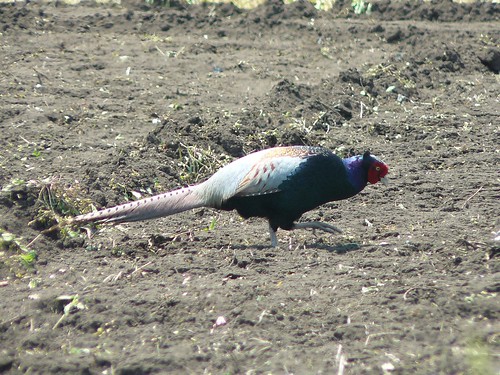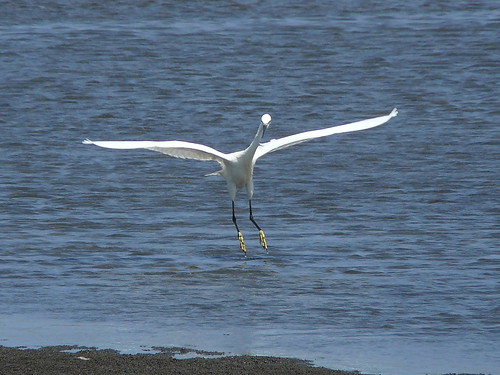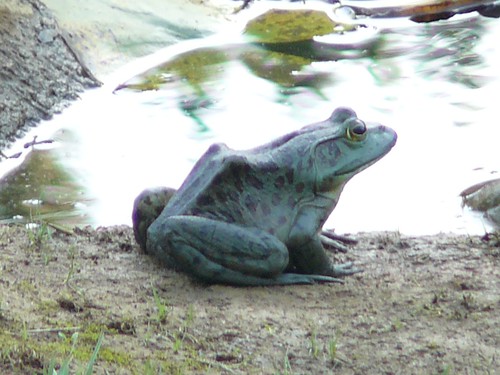This is one of the longest running blogs on the topic of Japan. The blog is about things occurring in Japan. All topics are fair game. I have been deep in the Japanese global community for 20 years, so ask questions if you have any. The blog started out focusing on the many unusual and literally ancient animals in Japan. Over time people wanted to know, see, and read more, so I expanded the blog.
Thursday
Friday
Wednesday
Tuesday
Saturday
Iriomote wild cat
A characteristic:
Size as for the house cat. A point of an ear is round. There is a tiger ear-shaped spot (a spot of a white obi) behind an ear. Its tail is big and is long. They are not afraid of water and can swim, and underwater bait can capture it.
This is the solid which fitted a traffic accident.
Japan-Domains.com - Japan's #1 Domain Registrar
Tuesday
Profile: Mandarin Duck
The Mandarin Duck (Aix galericulata), or just Mandarin, is a medium-sized perching duck, closely related to the North American Wood Duck. It is 41-49 cm long with a 65-75 cm wingspan.
The adult male is a striking and unmistakable bird. It has a red bill, large white crescent above the eye and reddish face and "whiskers". The breast is purple with two vertical white bars, and the flanks ruddy, with two orange "sails" at the back. The female is similar to female Wood Duck, with a white eye-ring and stripe running back from the eye, but is paler below, has a small white flank stripe, and a pale tip to its bill[2]
Mandarin Ducks, which are referred to by the Chinese as Yuan-yang (simplified Chinese: 鸳鸯; traditional Chinese: 鴛鴦; pinyin: yuān yāng), are frequently featured in Oriental art and are regarded as a symbol of conjugal affection and fidelity.
A Chinese proverb for loving couples uses the Mandarin Duck as a metaphor: "Two mandarin ducks playing in water" (simplified Chinese: 鸳鸯戏水; traditional Chinese: 鴛鴦戲水; pinyin: yuān yāng xì shuǐ). The Mandarin Duck symbol is also used in Chinese weddings, because in traditional Chinese lore they symbolize wedded bliss and fidelity.
The species was once widespread in eastern Asia, but large-scale exports and the destruction of its forest habitat have reduced populations in eastern Russia and in China to below 1,000 pairs in each country; Japan, however, is thought to still hold some 5,000 pairs.[3]
Specimens frequently escape from collections, and in the 20th century a feral population numbering about 1,000 pairs was established inGreat Britain. Although this is of great conservational significance, the birds are not protected in the UK since the species is not native there.
In the wild, Mandarin Ducks breed in densely wooded areas near shallow lakes, marshes or ponds. They nest in cavities in trees close to water. Shortly after the ducklings hatch, their mother flies to the ground and coaxes the ducklings to leap from the nest. The Asian populations are migratory, overwintering in lowland eastern China and southern Japan.
Mandarins feed by dabbling or walking on land. They mainly eat plants and seeds, especially beechmast. They feed mainly near dawn or dusk, perching in trees or on the ground during the day.
Mandarins may form small flocks in winter, but rarely associate with other ducks.
Japan-Domains.com - Japan's #1 Domain Registrar
Mandarin Duck Close up
It was in Japan at the time of the photo
Japan-Domains.com - Japan's #1 Domain RegistrarWednesday
Friday
-
The Japanese Bobtail is a breed of cat with an unusual 'bobbed' tail more closely resembling the tail of a rabbit than that of an or...
-
Kitsune (狐 ?, IPA: [kitsɯne])(Kitsune.ogg Pronunciation) (help·info) is the Japanese word for fox. Foxes are a common subject of Japanese fo...
-
The Stoat, an ermine, is a small mammal belonging to the weasel family. The Hondo Stoat (Mustela Erminea Nippon), particula...
